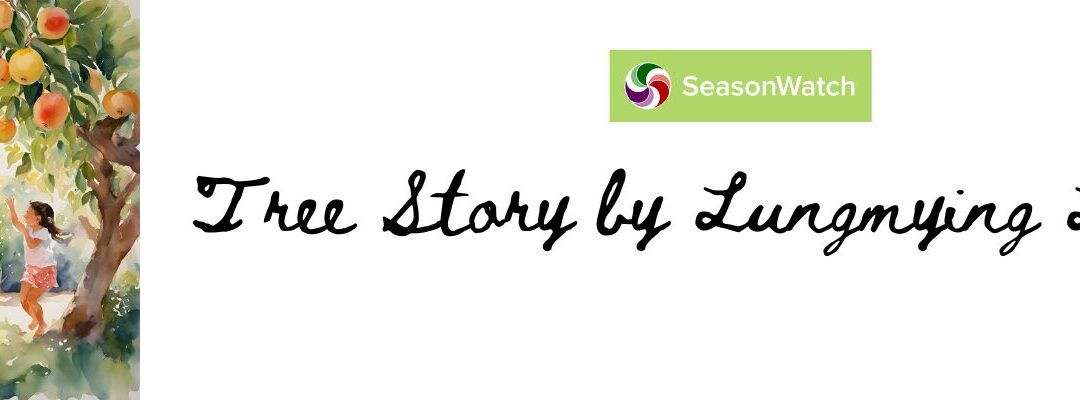Pomelo is an exotic fruit of the Citrus species belonging to the Rutaceae Family. They are commonly found in the Himalayan region, especially in my hometown Chamkong Pakyong, East Sikkim. The Pomelo is locally known as ‘Phokshay’ and we fondly call them the ‘Father of oranges’ due to their enormous size. They taste bitter, sour and sweet at different points as we eat them.
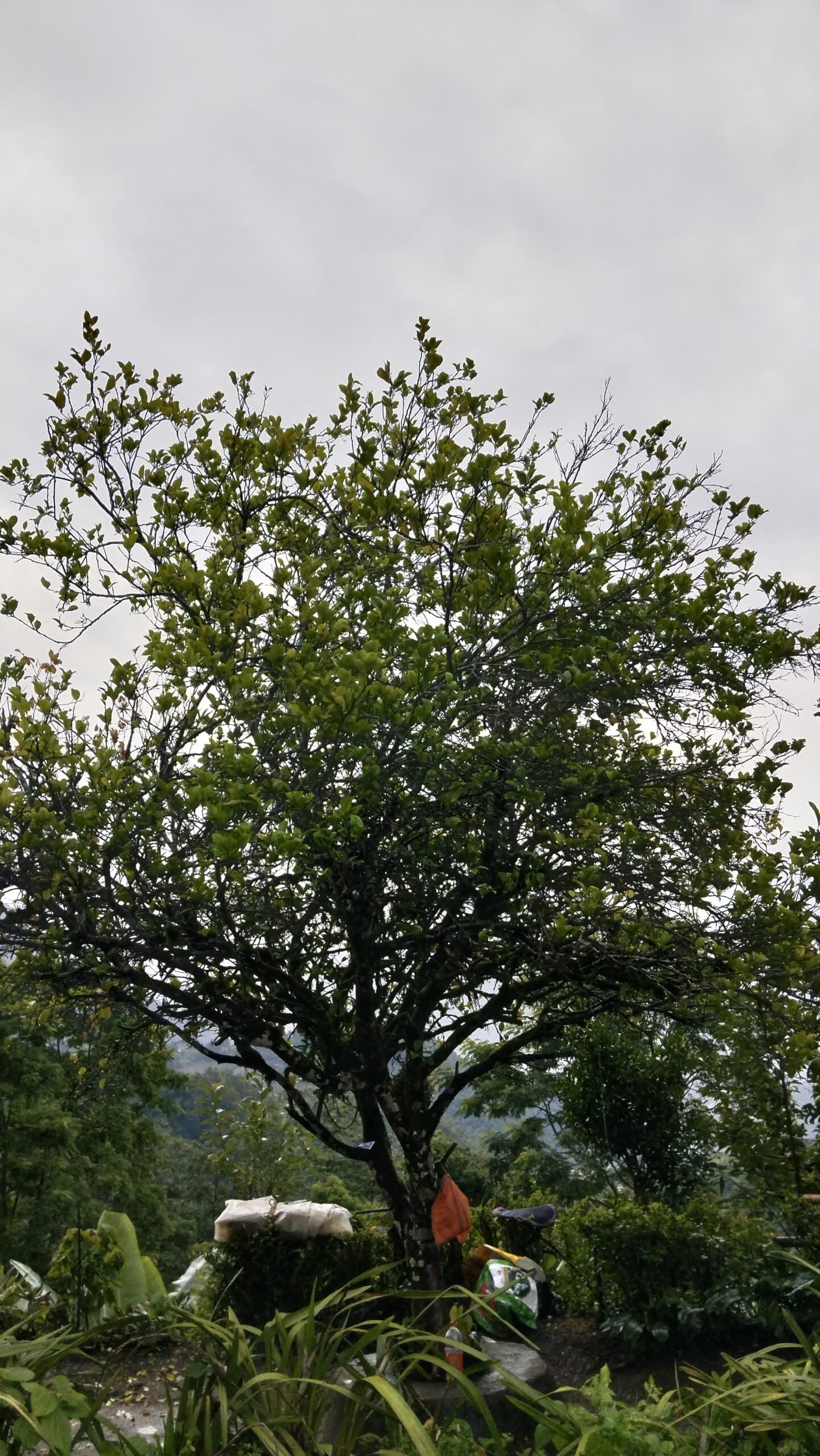
Pomelo is an annual fruit that grows majorly during winters, which we thoroughly enjoy. The fruits facing the sun would have an abundant taste whereas the one which had fallen to the ground would be much bitter and tasteless. I would see my father eating the Pomelo fruits regularly and sometimes we would take a huge bag of these fruits back home. It is known that this fruit cures Diabetes. On hot sunny days, our elder sisters would cut out the Pomelo fruits. We would mix red chilli powder and salt for the taste and munch on the fruit. The main part of all of this would be slurping the hot, sour and spicy juice left at the bottom of the plate! During Namsoong, our annual cultural festival and on New Year’s Eve, we would pass the time dancing beneath the tree.
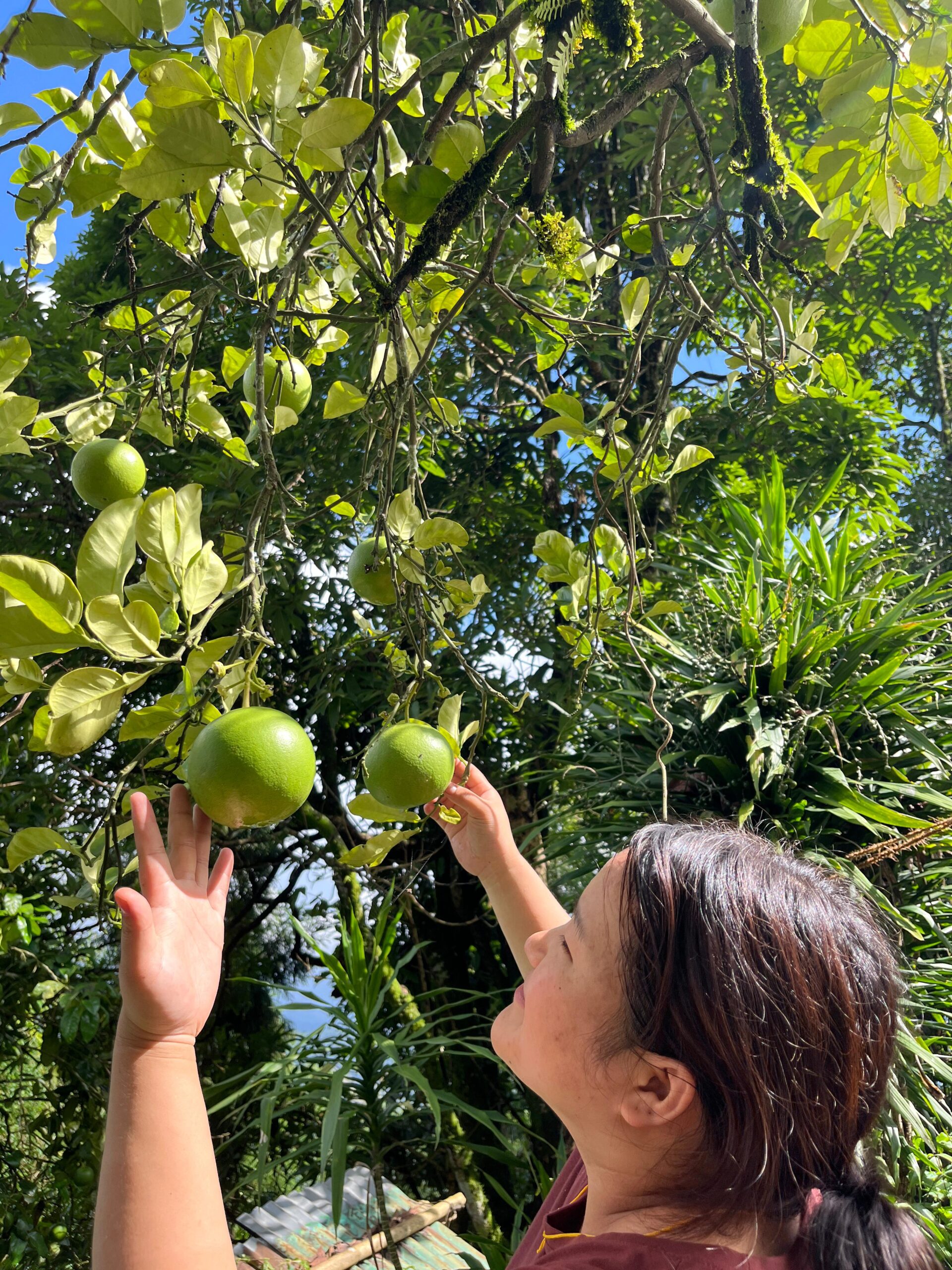
I have fond memories of the Pomelo Tree in my hometown. It was known that the tree was planted when our grandmother married our grandfather. My mother and her siblings grew up playing around the tree. He (the tree) grew old along with me and my siblings too! When my cousins would visit our grandmother during our vacation, we all would sit beneath the tree playing cards and ludo and tell stories of our lives to each other. We would binge-watch the skies through the branches of the Pomelo Tree, our elders would sit around the tree and share their words.
Chamkong is located in a hotter region and the temperature out there is higher than the main town ‘Gangtok. The Pomelo Tree served its cool shade. Grandmother’s home was situated at the top of the hill away from the village. Whenever the villagers would come for a visit, the base of the Pomelo tree was their favourite spot.
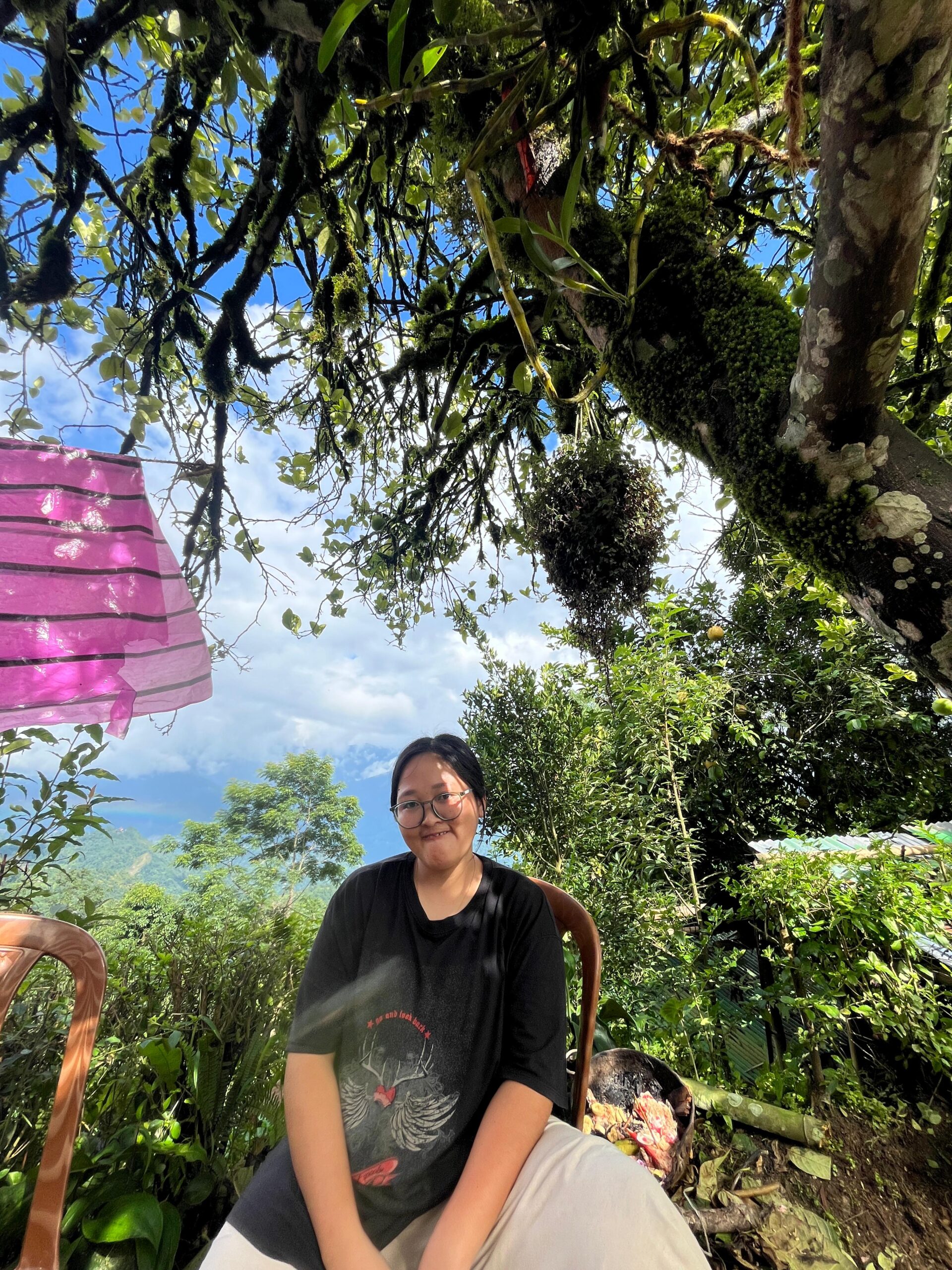
Swinging in the branches of the Pomelo Tree was our favourite pastime but the elders would be worried about us breaking the branches and falling off on the hard ground. So, in December 2015, as we were swinging the branches, the elders came in with a bag of cement and started encircling the tree, keeping a gap in the centre of the cemented base to let the water seep in. Then they cut a bamboo log and made a small seating place attached to the rope of the cloth hanger around the branches. We would sit here and eagerly wait for our turn to play swing on the Pomelo Tree.
I used to love looking up into the branches as I swung on the tree. I remember this one time as I was doing this, a small part of the leaf got into my eye. It caused a lot of trouble and was very painful to remove. But it has become a vivid memory of the tree.
Years passed and we all got separated due to our work and studies. It was only this year when our grandmother passed away that I was able to see the Pomelo Tree again. It was eaten by the insects and was worn out. One part of his branches was dead but the other part was still near some fruits.
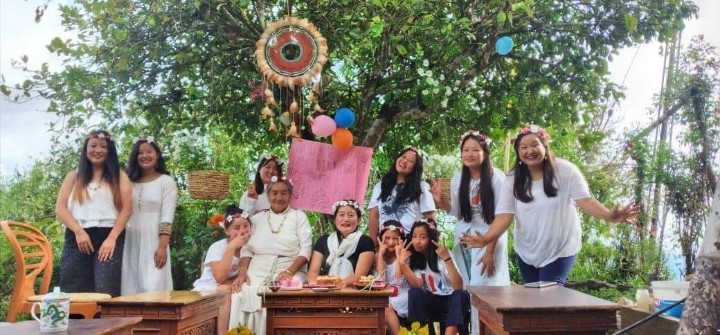
The tree had always been a part of every occasion, whether it was our mother and her sister’s and Ajyung’s wedding to Anue Sukmit’s birthday and finally to support his owner’s funeral. The Pomelo Tree has always been a part of our family which has kept us all rooted to our stories. Now it stands still until it goes back home.
About the author: Lungmying Lepcha is an 18-year-old hailing from Sikkim a budding writer and a reader. She aims to work for her culture in the field of literature.

